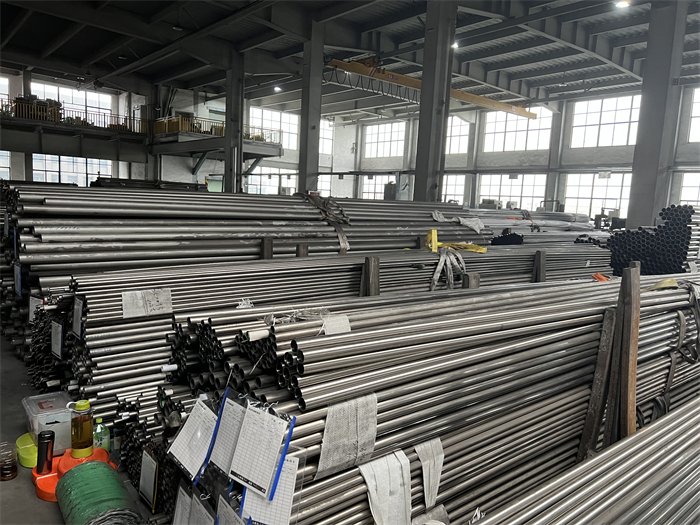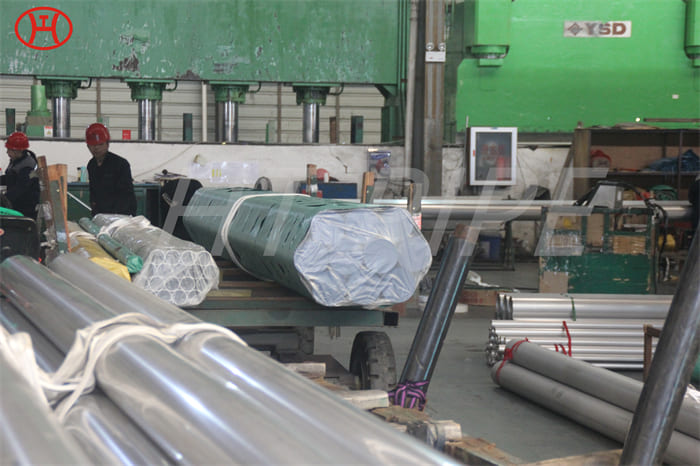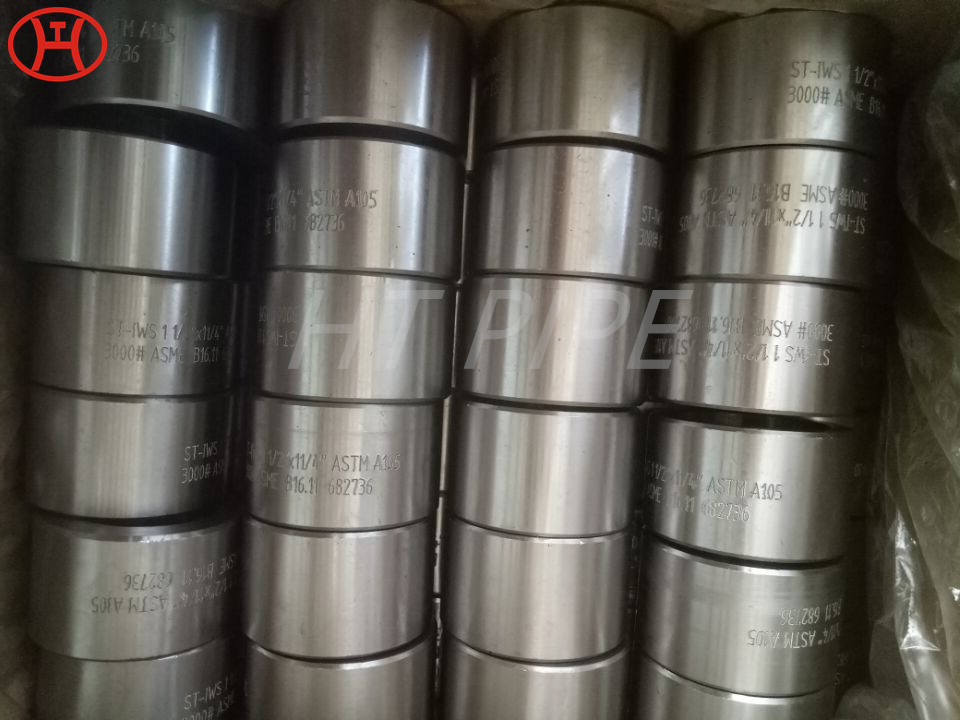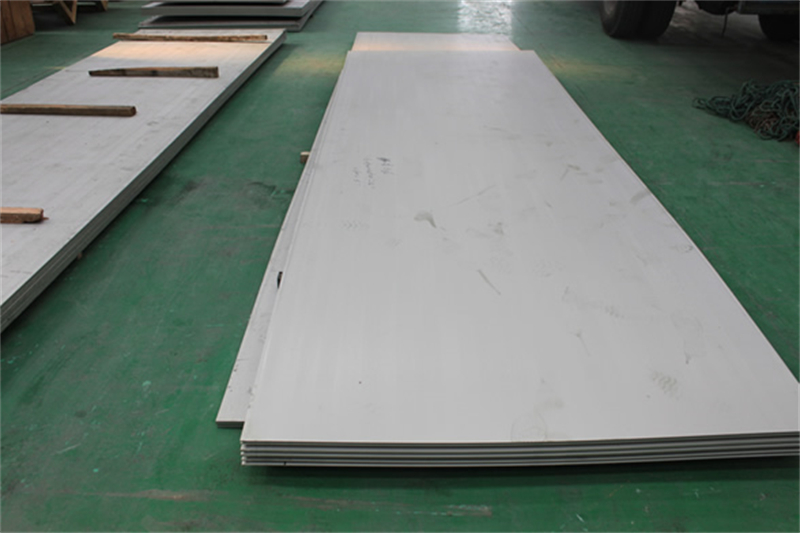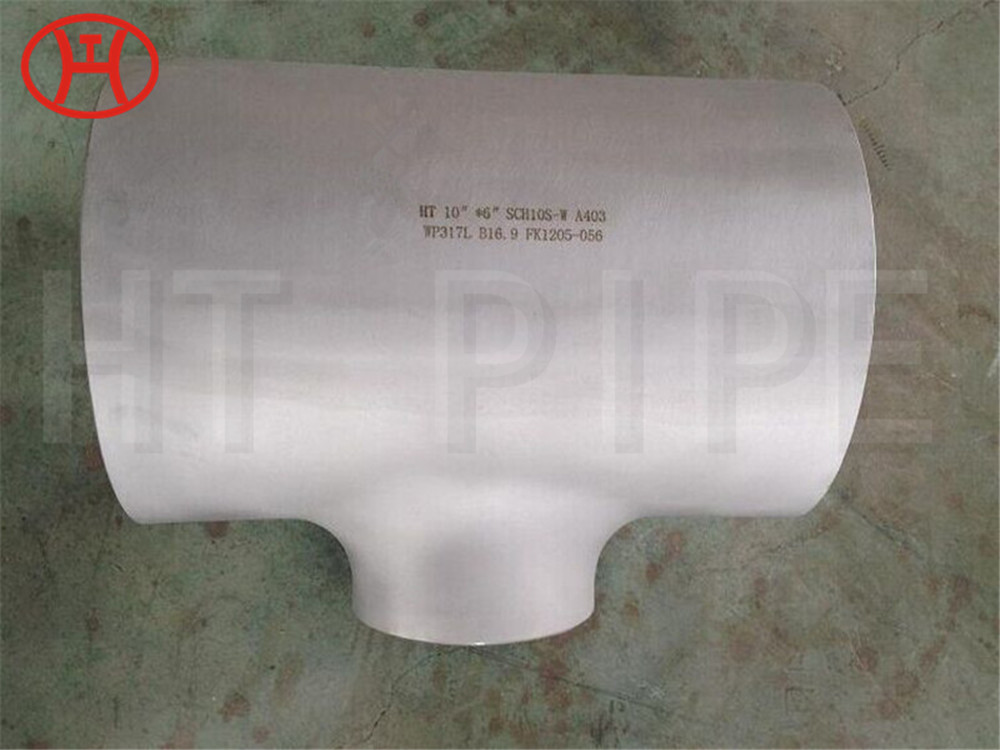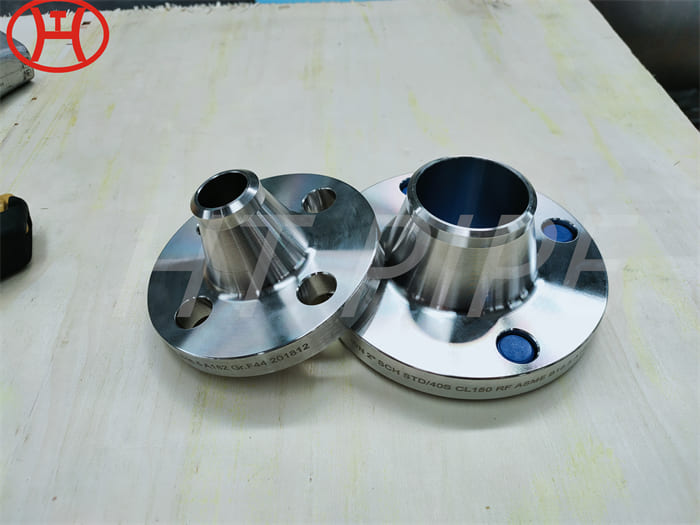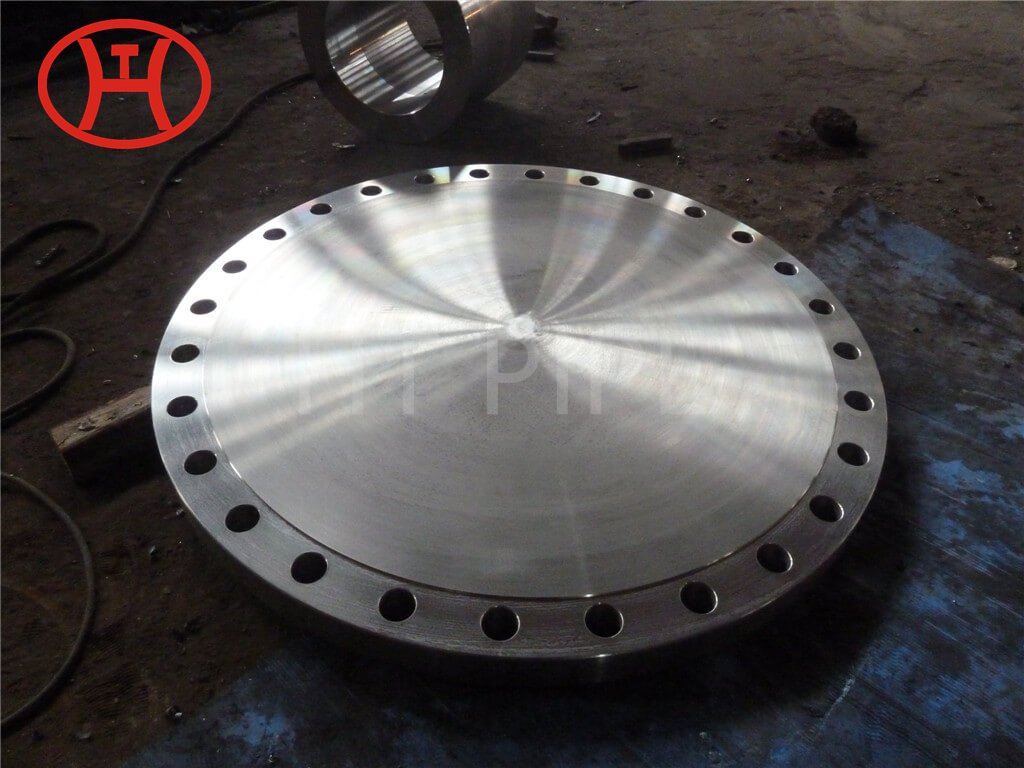Home » Materials » 317 pipe spools improved resistance relative to 316L
317 pipe spools improved resistance relative to 316L
Alloy 317L has excellent corrosion resistance in a wide range of chemicals. It resists attack in sulfuric acid, acidic chlorine and phosphoric acid.
Contact US
Get Price
Share:
Content
Alloy 317L is non-magnetic in the annealed condition. It cannot be hardened by heat treatment, but the material will harden by cold working. Alloy 317L can be easily welded and machined by standard shop fabrication practices. This added molybdenum content also affects the cost of both alloys. Grade 317 stainless steel is generally more expensive than grade 316 stainless steel. In turn, the 316 SS is more expensive than the 304 SS. The exact additional cost varies depending on the market at the time.
Inquiry
More Stainless steel














































































































